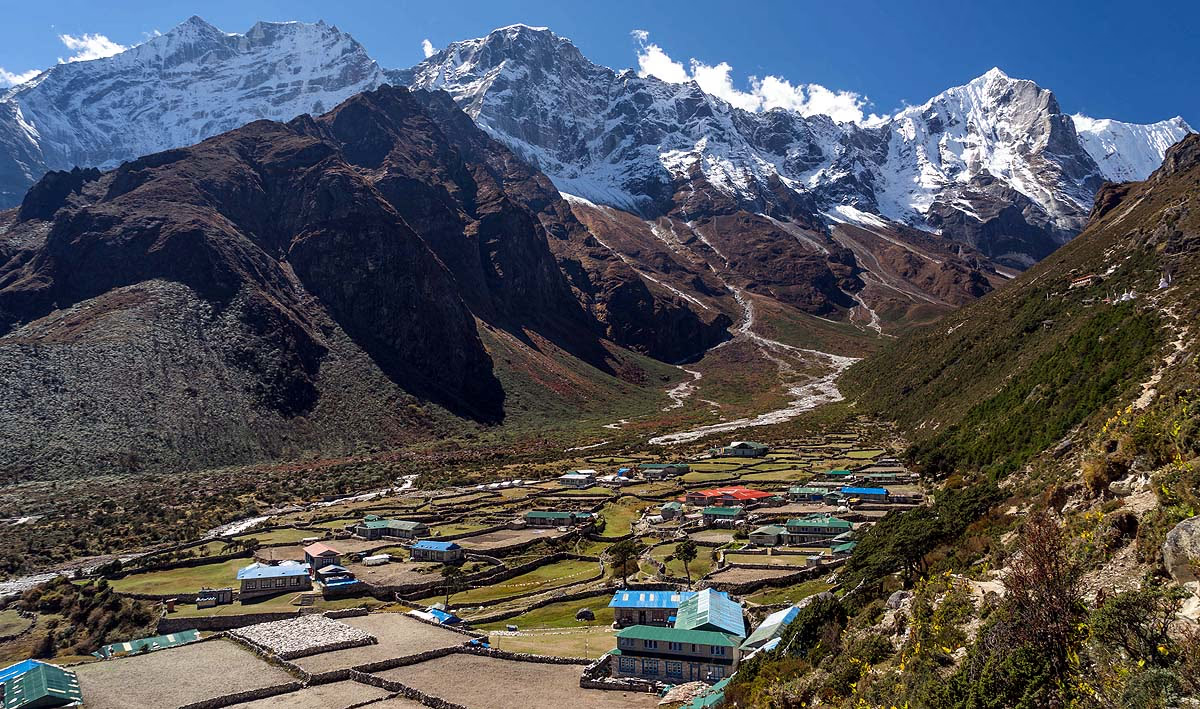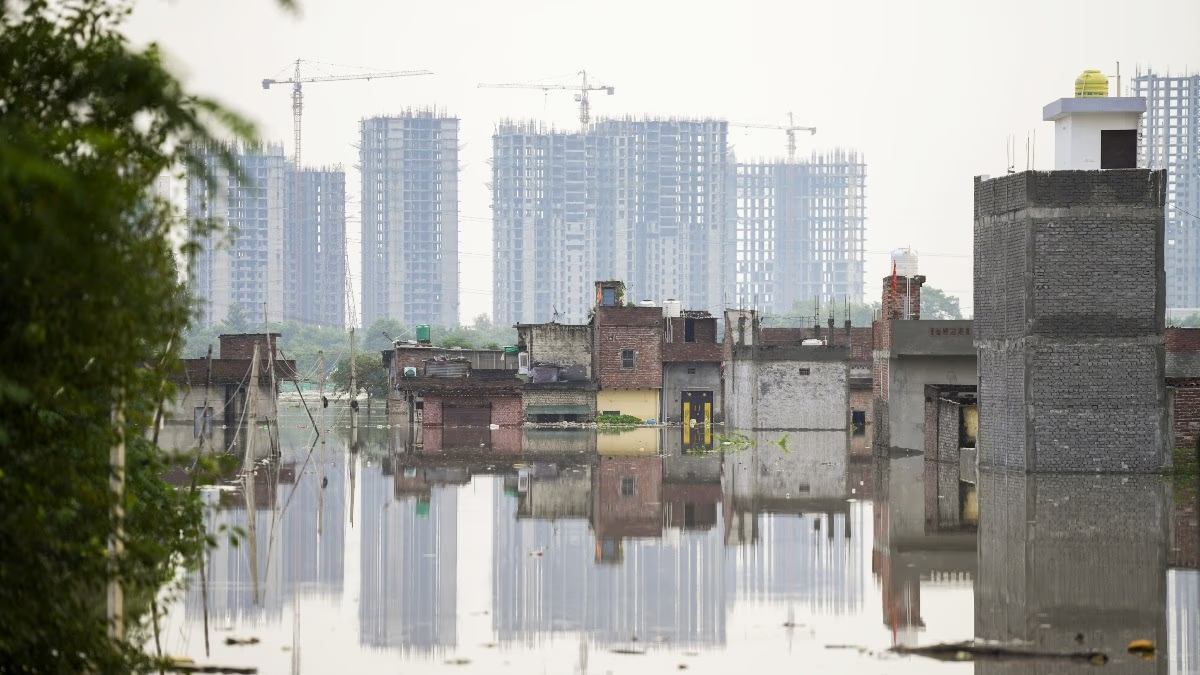The renowned Sherpa village of Thame in Nepal has experienced a catastrophic disaster, similar to the one in Kerala's Wayanad. A sudden flash flood hit from the direction of Mount Everest, speculated to be caused by a Glacial Lake Outburst Flood (GLOF). Thame is famously known as the home village of Tenzing Norgay, the first Sherpa to summit Everest.
More than half of the village's homes are buried under mud. The water flow is rapid and powerful. Social media videos show terrifying and alarming scenes. Three homes and hotels are obliterated, and five to six buildings are at risk. According to Dwarika Prasad Ghimire, Chief of Solukhumbu District, rescue operations are ongoing.
Related reading:
The disaster results from an increased flow in the Thame River, caused by a GLOF, which has also led to flooding in the Dudh Koshi River. Authorities have urged people to evacuate to higher grounds. The Himalayan Times reported that the Thengbo Glacier had an outburst.
Disaster Emerges from Thengbo Glacier beneath Everest
The calamity at Thame village is due to the outbreak of a lake formed on the Thengbo Glacier. This unleashed a severe flood and landslide that utterly ravaged half of Thame village. The Thengbo lake, near the Tashi Lapcha pass, was a significant trigger. This village also celebrates Tenzing Norgay, the world-renowned mountaineer born here.
Related reading:

Source: aajtak
Heavy Rainfall Continues Unabated
Back in May 1953, Tenzing Norgay, alongside Edmund Hillary, achieved the first successful Everest ascent. However, Chief District Officer Devi Pande told the Kathmandu Post that the outburst hasn't been confirmed precisely. One fact remains: incessant rainfall has been drenching the region, possibly leading to the flash flood.
Brave Sherpas Emerging from Thame
Thame village, situated at an altitude of 12,500 feet in the Khumbu Valley, is near Namche Bazaar. It serves as the final resting point for mountaineers en route to Everest. Numerous famous Sherpas, including Apa Sherpa, Kami Rita Sherpa, and Lhakpa Rita Sherpa, have originated here.
Related reading:
Alert Issued for Lower Areas
Residents near the Dudh Koshi River in lower valleys have been alerted to prevent casualties. A GLOF occurs when a glacier melt creates a temporary lake, with walls made of ice or soil. When the ice melts or rains heavily, these walls break, sending the accumulated water rushing downstream.
Declining Cold Days in the Himalayas
Climate change and rising temperatures are decreasing the 'cold days' in the Himalayas. Reports indicate a continual increase in the region's temperature. Jammu & Kashmir and Himachal Pradesh, monitored through 16 stations, show a decrease in cold days over the past 30 years by 2% to 6%, whereas hot days have risen.
Related reading:

Source: aajtak
Unstable Himalayan Region
Several factors contribute to glacier melting, such as climate change, reduced snowfall, rising temperatures, and continuous rainfall. The mouth of the Gangotri Glacier is highly unstable. Constant rains cause glacier melting, increasing downstream water flow and reducing the stability of Himalayan regions.
Scientists Monitor Two Dozen Indian Glaciers
Scientists currently monitor around two dozen glaciers, including Gangotri, Chorabari, Dunagiri, Dokriani, and Pindari. According to the University of Leeds, Himalayan glaciers studied over years indicated a 10-fold increase in melting speed over past decades, contrasting with the slower rates during the Little Ice Age (400-700 years ago).
Related reading:
Himalayan Glacier Melting Accelerates in Summer
Studies reported a significant loss of Himalayan glacier ice, with area decreasing from 28,000 square KM to 19,600 square KM. This resulted in a rise in sea levels by 0.92 to 1.38 millimeters, as glaciers lost 390 to 590 cubic KM of ice.




